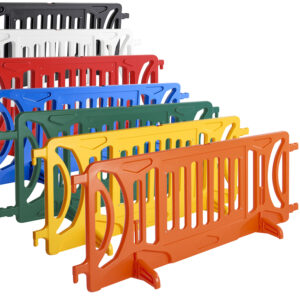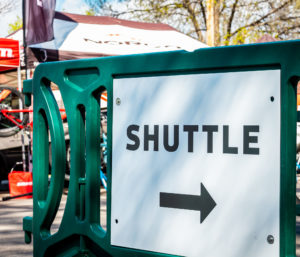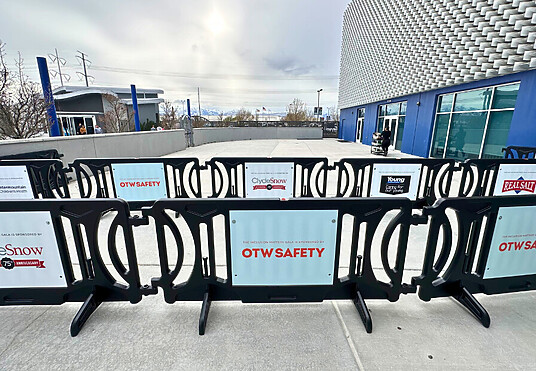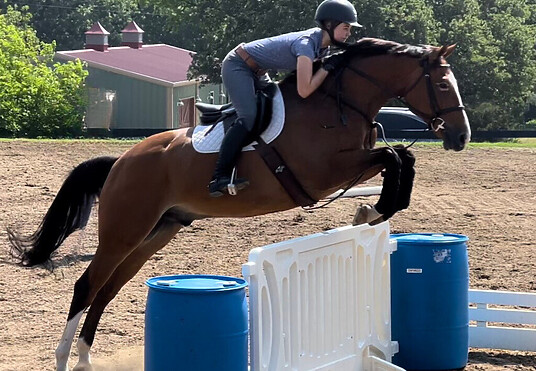You asked, we answered: all things pedestrian safety
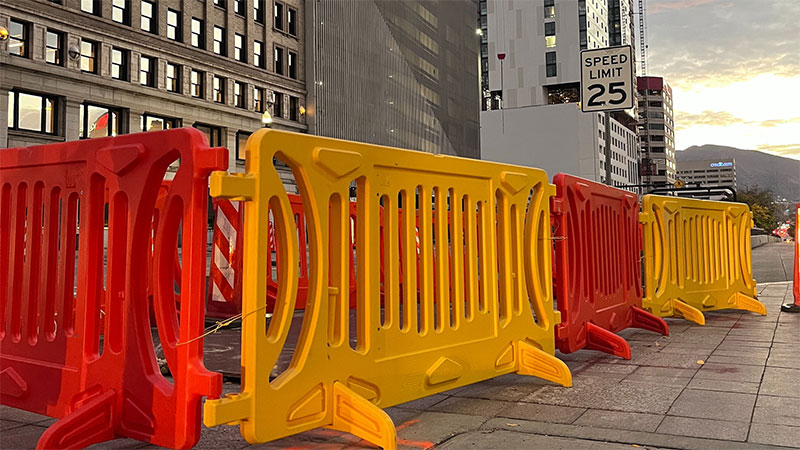
What, exactly, is a pedestrian?
You might assume that it means someone walking somewhere, and, in most cases, you’d likely be right. According to the National Highway Traffic and Safety Administration (NHTSA), however, a pedestrian is defined as “any person on foot, walking, running, jogging, hiking, sitting, or lying down”. So whether kids who are on their way home from school, a runner out for an early morning jog, or someone cruising on wheels, pedestrians take many forms and can be found just about anywhere you look.
What constitutes a pedestrian walkway?
It’s easy to assume that the only places allowable for pedestrians to travel are on a sidewalk, but that’s not the case! According to the US DOT, a walkway is “any type of defined space or pathway for use by a person traveling by foot or using a wheelchair. These may be pedestrian walkways, shared-use paths, sidewalks, or roadway shoulders.”
Sidewalks might be the safest venue for those on foot or wheels, but they’re not the only ones used. Particularly in places where a dedicated path might not be possible due to budget, the landscape, etc, pedestrians have had to share their walking space with vehicles for a long time. Many neighborhoods forego microscale features (quality of sidewalks, crosswalks, street lighting) when other needs are more pressing, while larger roads like freeways and highways don’t generally consider the need for pedestrian walkways at all. And yet, walking is the only form of transport for more than one million individuals in rural areas, and 45% of Americans don’t have access to any form of public transit. Thus, the definition of a pedestrian walkway includes many different types of paths, from sidewalks to shoulders to bike paths, and more.
How can pedestrians (and non-pedestrians) practice safety and awareness?
A big contributor to the high number of pedestrian casualties is a lack of awareness: by pedestrians on shared roadways, but especially those in vehicles. While pedestrians generally pay attention while traversing, it is easy to become distracted by a text or phone call, a social media app, or something along the path. Yet, those in vehicles have a high tendency to be distracted as well… but with much higher consequences, as distracted driving claims thousands of lives every year. A report by the Governors Highway Safety Association (GHSA) projects that drivers struck and killed at least 7,508 people walking in 2022. This is the highest number since 1981 and comes out to an average of 20 deaths every day.
So how can pedestrians and non-pedestrians (i.e. motorists) practice better road safety and awareness? While much of the burden of staying safe rests on the shoulders of the one on foot, both parties can do better regarding the safety of pedestrians. Here are a few tips that might help…
For pedestrians:
- Walk on sidewalks if they are available.
- If there is no sidewalk, walk facing traffic (it’ll be going the opposite way), and as far over to the side as possible.
- Use marked crosswalks or cross at intersections if at all possible. If there is no marked pedestrian crossing, look both ways and cross only when it is clear and you’ll have enough time to get across safely.
For vehicles:
- Don’t drive distracted! Put your phone down while operating a car or try putting it on the “drive” focus mode. Also refrain from taking your eyes off the road to fiddle with the stereo, eat food, or do anything else that distracts you from driving safely.
- Keep an eye out for those on foot. Especially when coming to a stop at a stoplight, be aware of what is in front of you (or what might be in front of you soon). Give enough space for those walking to travel across the intersection.
- Slow down! Drive at the posted speed and remember that, while you may be able to stop quickly, it is often not quickly enough to avoid a last-minute collision.
What is being done to combat dangers to pedestrians?
NHTSA Chief Counsel Ann Carlson said in a statement, “Vehicles must be designed to protect their occupants while increasing safety for those outside the vehicle, too”. While vehicle safety regulations in Europe have become increasingly pedestrian-friendly over the last decade (think higher hoods to reduce the severity of impact), America has some catching up to do.
Mandates for in-vehicle safety equipment such as seatbelts, airbags, and rear-impact protection have saved millions of lives of those inside vehicles, yet there are still strides to be made concerning those outside.
The NHTSA recently issued a request for public comment on a new vehicle crash testing program that will include revised, stricter regulations for pedestrian protection as a part of the 2022 National Roadway Safety Strategy (NRSS) headed by the USDOT. This follows a 2015 motion to include some international pedestrian safety standards into the NHTSA’s vehicle safety ratings, but the idea lost steam when the White House changed hands in 2016.
Hopefully, however, the NRSS will be the first step toward safer pedestrians in the coming years; the $800 million investment into road safety will be divided into a few categories: safer roads, safer people, safer vehicles, safer speeds, and better post-crash care. You can also find campaigns such as the Everyone is a Pedestrian public safety campaign and the US DOT’s Focused Approach to Pedestrian and Bicycle Safety.
Why aren’t all pedestrian walkways protected?
Are you surprised to hear that not every place a pedestrian walks is protected in the United States? Unlike most other countries, the US has no true standards or protections in place for walkway-lined streets as of yet.
Most large cities in Europe, however, are designed with pedestrians in mind. Many cities there have worked towards making their roadways less car-centric, and continue to focus on making them more friendly to those walking, biking, or scootering. Bike paths and walking routes make up large portions of European cities and many countries are developing or refining technology to reinforce their pedestrian safety efforts.
Automotive safety regulators, specifically, have concentrated their efforts on increasing pedestrian safety through auto safety standards and the design of vehicles.
The US has some catching up to do when it comes to pedestrian safety, and we hope that the US DOT and NHTSA campaigns launched over the last few years will have a great impact on pedestrian safety as a whole.
We’re dedicated to ensuring safety for all.
This extends to pedestrian safety, whether hiker, walker or jogger. From easy-to-move crowd control barricades to heftier jersey barricades that line roadside work sites, we’ve got you covered.
Browse our pedestrian barricades here.

